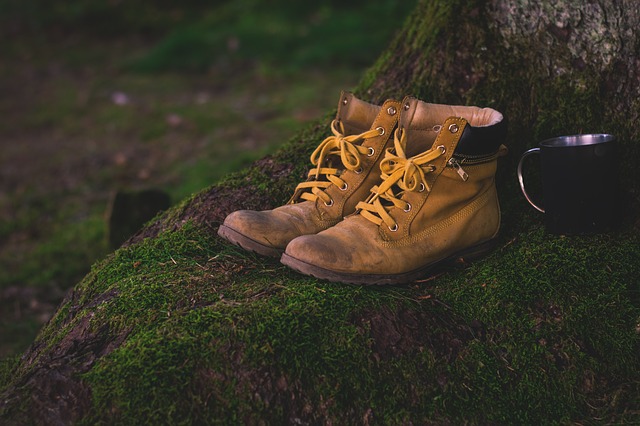How to Remove Tar from Shoes
How To Get Tar Off All Kind Of Shoes And Boots
There is little that is worse than getting tar on your shoes – it leaves a very noticeable stain and can be very difficult to get off.
The problem with tar is that you not only have to deal with the sticky, oily tar itself, but also the black stain that it leaves behind. The trick to getting tar off is to be resourceful and persistent.

Read more : How to Stop Shoes from Rubbing the Back of Your Heel
Although it is a difficult and unfortunately time-consuming process, it is almost always possible to remove tar from shoes with some attention and elbow grease.
read about asphalt boots
This article will take you through everything you need to remove tar from shoes and walk you step-by-step through the process so that your shoe is looking as good as new and stain-free when you’re done.
What You Will Need
- Disposable plastic knife – This is particularly helpful in the early stages of removing tar, since it can be used to remove large chunks from in between the grooves of the sole without dirtying something else that you care about.
- Detergent and water – Soap and water is essential at the end of the process for wiping away any residual solvents and leaving your shoe looking new.
- A softener – Softeners are intended to soften the tar, making it easier to remove without damaging your shoe’s sole. Common softeners that you are likely to have on hand around the house include olive oil, lard, petroleum jelly, eucalyptus oil, mineral oil, vegetable oil, margarine, and peanut butter.
- Solvents – Solvents are excellent at removing the black stain left behind by tar. Common solvents for removing tar include kerosene, WD-40, turpentine, gasoline, and lighter fluid.
- Tar-specific cleaner – In case the softeners and solvents don’t do the trick, you can also turn to a cleaner designed specifically for removing tar.
- Old toothbrush – This is helpful in brushing away the tar stain, while still going gentle on your shoe’s sole.
Instructions
Step 1 – Testing
The first step is to test your entire methodology, from softener and solvent to brushing and cleaning, on a small and out-of-view area of your shoe.
Some shoes will react to solvents by turning color or blemishing, and it is better to find that out on a part of the shoe where it will not be noticed.
Step 2 – Scraping
In order to get rid of the globs of tar that are filling the grooves in the sole of your shoe, use the disposable plastic knife to scrape them away.
Since tar tends to be very stuck on, you’ll need to use the sharpened edge of the knife for this process.
Take extra care not to scrape the shoe itself, since scratches can be very difficult to remove later.
In some cases, this scraping process will remove all of the tar and, if you’re very lucky, there will be little to no black stain remaining.
In this case, you can simply finish off the stain with detergent and water and brush it away with the old toothbrush or a rag.
More commonly, this will leave you with a black stain that needs more work to remove.
Step 3 – Softeners
If there is a black stain remaining after the scraping step, your best bet is to remove it with a softener and solvent.
Softeners are typically something you will have around the house (see the list above) – simply take a spoonful and glob it onto the tar stain.
Then allow it to sit for an hour to soften the stain before wiping it away. If the stain disappears with the softener, you can simply clean the shoe with soap and water to finish.
Step 4 – Solvent
If the softener doesn’t completely remove the stain, you’ll need to use a solvent (see the list above).
These solvents are particularly strong and are quite effective at removing tar stains, but can also damage the material on the outside of your shoe – thus the necessity of testing them in an out-of-view area first.
Once the stain is removed with the solvent, wash the solvent away thoroughly using soap and water.
Conclusion
Removing tar stains can be a difficult problem, but it is far from impossible once you know the right combination of cleaners that are up to the task and won’t harm your shoe.
We would love to hear what you thought about the article in the comments below and if you enjoyed this tutorial, please share it!
